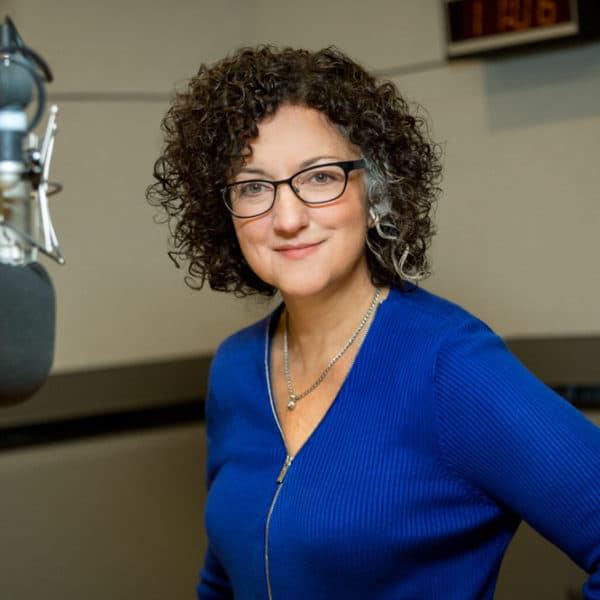Advertisement
How to break the cycle of loneliness and build more social connections

Find out more about our series on the loneliness epidemic here.
Loneliness and social isolation carry the same health risk as smoking 15 cigarettes a day, according to experts who say loneliness is on the rise in the U.S.
Recent data from Gallup finds that about 20% of Americans report feeling lonely every day. That's the highest rate in two years.
Even if you are lonely, you're not alone. There are steps you can take to foster more social connection in your life.
Julianne Holt-Lunstad studies the impact of loneliness and social isolation as director of the Social Connection and Health Lab at Brigham Young University. Research shows that younger people experience the highest rates of loneliness, followed by people who live alone and those who are struggling financially, she says.
“We are now so reliant upon automation that we have less contact with other people,” she says. “We are spending more and more time alone. We are using technologies to connect with others remotely but [we have] less in-person kinds of contacts. But we also are valuing success and wealth sometimes [at] the expense of our social connections.”
4 questions with Julianne Holt-Lunstad
How much did the COVID-19 pandemic contribute to people feeling more lonely?
“COVID-19 certainly exacerbated things, but of course, we had evidence of trends that things were not looking good even before the pandemic. So, for example, data from the American Time Use Survey showed that Americans were spending, over the past two decades, less time with family, with friends, and spending more and more time in isolation.
“These trends were happening well before the pandemic, but we did see, indeed, that the pandemic exacerbated that. Things like the home delivery of everything, being able to stream all of our entertainment online, being able to do work remotely. All of these things had incredible benefits that helped us cope with isolation, but in a way because of those benefits, they may now be reinforcing our isolation.”
How do you try to build social connections with and among your students?
“So I start every single class with a moment of connection, and I just simply give a prompt and ask them to turn to the student sitting next to them and discuss for two minutes. So it might be what was your favorite book that you read recently, and that could lead to more of a discussion. But I just start with these small little moments of connection, and then invite a few other students to then share with the entire class. And then I always share my own response so that they can feel connected to me. And sometimes these prompts have to do with what we're talking about in class. Sometimes they're just for fun, but over time, these little micro connections help us get to know each other and build the trust that's needed to really build authentic connection.”
How can joining a community group help someone feel more connected?
“We do have very good data that joining groups can be helpful because being part of something that you feel connected to, and that has a regular cadence of meeting because of course, building connections and building relationships takes time. And so just meeting someone one time may not be enough, and oftentimes groups meet weekly or monthly, or even daily. And so these groups can be an incredible source of belonging and support, but it also can be finding the right group because of course, just joining a group may not be sufficient, especially if you don't feel any kind of connection or just simply not accepted by that group, or you don't share the same kinds of interests or values that might be harder to connect.
“And so it might be finding the right group for you, and it kind of like physical activity. We know that it's good for us, but some people prefer pickleball, and others prefer swimming, and others prefer hiking, but the activity is going to be really important. And so similarly, we know that participating in groups can be incredibly helpful, but it'll be important to find what's right for you.”
Advertisement
What’s one thing you can do if you want to take the first step to feeling less lonely?
“I would say instead of looking inward, look outward and think about who in your life you could help. What we see from data over and over and over again is that, in fact, helping others can be just as, if not more helpful, than receiving help. And so one of the best ways to help yourself is to help others.”
Samantha Raphelson produced and edited this interview for broadcast with Catherine Welch. Raphelson also adapted it for the web.
This segment aired on January 23, 2025.

